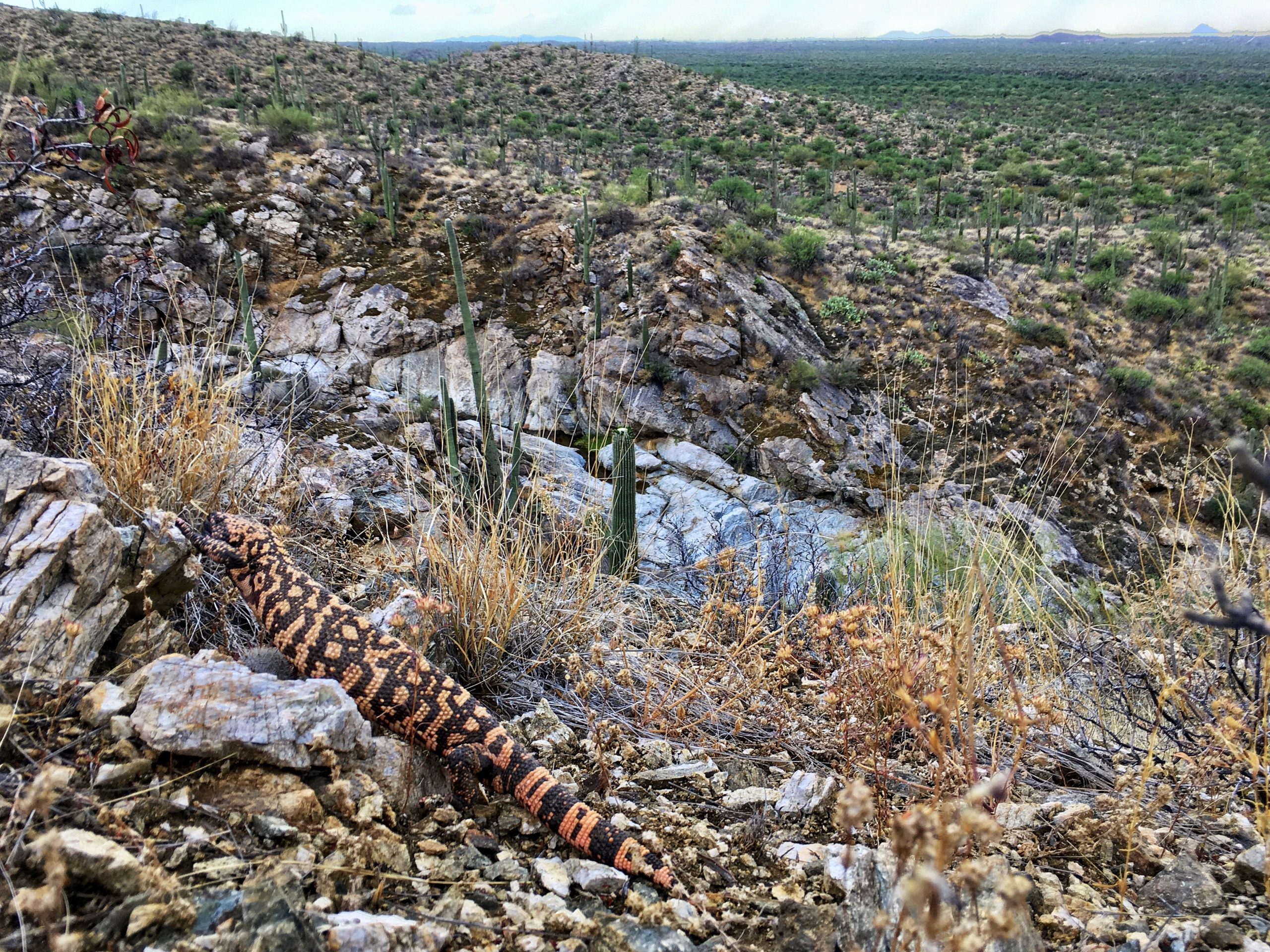2025 Excellence in Wilderness Stewardship Awards
The National Park Service (NPS) Excellence in Wilderness Stewardship Awards are the agency’s annual recognition of outstanding contributions to wilderness stewardship by an individual, team, and external partner, including those involving interpretation and education; management of natural, cultural, and social resources; planning; protection; and maintenance operations. Award recipients are nominated by fellow NPS staff and selected by an interdisciplinary panel.
Team Award: Saguaro National Park Trails Program
The Saguaro National Park Trails Program is a team of approximately 35 dedicated professionals who maintain 180 miles of trails, 78% of which traverse designated wilderness. Their work upholds the NPS mission by balancing resource protection, wilderness stewardship, and visitor access while adhering to the highest standards of professionalism.
In 2024, the trails program employed traditional techniques such as dry-stone masonry and crosscut saws to construct and repair trail structures using local materials. The program also collected trail accessibility data using the High-Efficiency Trails Assessment Process (HETAP), mapping 29 miles of trails to inform visitors about conditions before entering the Saguaro Wilderness. This data will be integrated into ten new trailhead panels and park media to inform visitors using mobility devices.
The trails program cleared more than 100 downed trees from wilderness trails using crosscut saws, preventing obstacles that could force hikers off-trail. Mule teams transported up to 200 pounds per mule, supporting logistics for tools and supplies in remote wilderness locations. The program supported over 25 search and rescue operations by ensuring wilderness trails remained passable for first responders. High-elevation stewardship also remained a priority. Two wilderness rangers and two mule pack teams sustained operations at Manning Camp, maintaining six campgrounds, six toilets, and 30 miles of high-elevation trails. The team facilitated 998 campground reservations through Recreation.gov, ensuring managed visitor access to wilderness campsites. Crews also maintained defensible spaces at Manning Camp, cleared downed trees, and ensured viable escape routes for emergency personnel. Mule teams transported over 800 pounds of firefighting tools and supplies, reducing reliance on motor vehicles and mechanical transport in wilderness.
For the trails program, collaboration is key to success. They worked with the Friends of Saguaro National Park and the Arizona Trail Association to fund, design, and install low-impact wayfinding signs along the park’s 14-mile Arizona Trail section, helping visitors navigate remote terrain while maintaining a sense of discovery and solitude. And through hands-on trail restoration, youth participants developed an appreciation for conservation and sustainable practices. The program engaged Youth Conservation Corps (YCC) crews, Next Generation Ranger interns, the Arizona Trail Veterans Program, and volunteers in projects that reinforced wilderness stewardship, resource protection, and Leave No Trace ethics. In 2024, the trails program also collaborated with other sites to provide trail maintenance and construction support:
- Trail restoration in the Chiricahua National Monument Wilderness, Miller Creek Wilderness (Coronado National Forest), and Gila Wilderness (Gila National Forest)
- Boundary fence repair in Death Valley National Park
- Remote land surveys using mule pack operations in the Bandelier Wilderness
To read the complete article online, click here.












